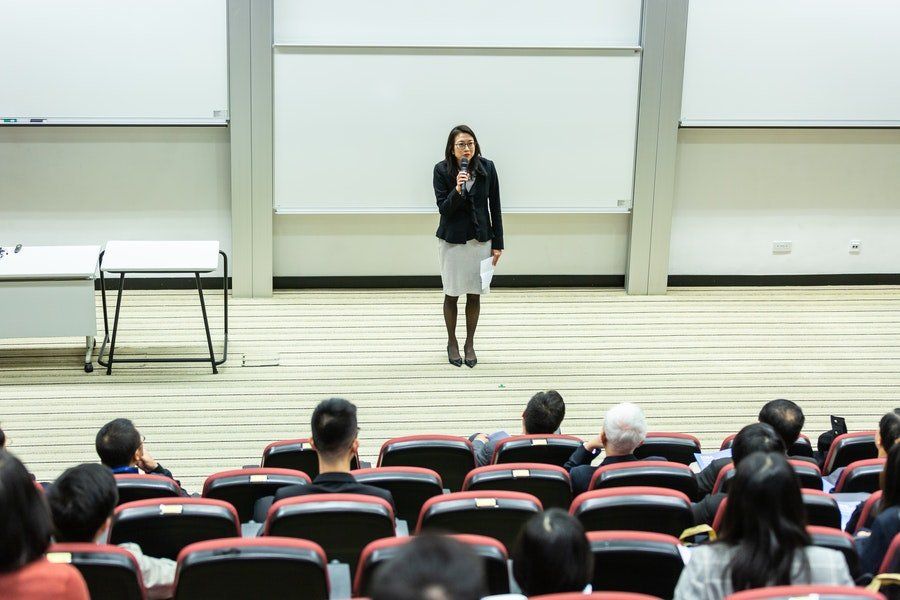Step Back, Reflect And Step Up

Towards a high-income nation status
“Development is about transforming the lives of people, not just transforming economies.” – Joseph E. Stiglitz, Making Globalization Work.
Looking ahead to Vision 2020, achieving the status of a high-income nation would elevate the position of our country.
In the process, we sometimes forget that economic development is not the only factor that will help us reach our vision. What is also important is the level of maturity to be achieved by Malaysian society as a whole.
In reality, our country has been hovering over the issue of being stuck in the “middle income trap” for the past 19 years.
This terminology creeps in if a country has not graduated from the upper-middle income status after a threshold number of years (United Nations Conference on Trade and Development).
Based on the analysis of the Asian Development Bank, post-1950, the median number of years for economies to move from upper-middle to high-income, is 14 years.
The numbers
Malaysia’s gross national income (GNI) per capita for 2013 was US$10,060 (RM32,600) when the threshold to achieve high-income status was US$12,745. This is a marked increase from year 2009 where our GNI per capita was US$7,059 (RM22,860). (Check the source here)
After the Asian financial crisis of 1997–1998, the economic growth rate averaged 5.5% per year from 2000–2008 (World Bank). However, in the Asian Development Outlook 2014, GDP is forecast to grow by 5.1% in 2014 and by 5.0% in 2015 (Asian Development Bank).
The high-income threshold figure is expected to exceed US$15,000 by year 2020. From this, a question arises: Is Malaysia able to keep up the pace and achieve a high-income nation status by year 2020?
Being stuck in the current trap over an extended period of time has now awakened the consciousness that we need to climb up the value chain and graduate from our bubble.
In my humble opinion, in order to accomplish this, our country has to develop a solution that incorporates innovation and strategy, with a focus on the management of high potential talent.
Measures have been taken by academia, industry as well as organisations like TalentCorp which has built effective partnerships already making a difference in addressing Malaysia’s talent needs.
Wanted: Right talent
We cannot deny the fact that having the right talent is currently the most powerful source of competitive advantage.
As mentioned in The War for Talent by Steven Hankin, the talent management phase needs a combination of criteria which includes a sharp strategic mind, leadership ability, emotional maturity, communication skills, ability to attract and inspire other talented people, entrepreneurial instincts, functional skills and, most importantly, ability to deliver results.
Defining the importance of talent management causes us to realise an underlying truth. As tough as it is to recruit the right talent, it can be tougher to get the best out of them.
Unlike the talent war in the 1990s–2000s, in which our country was driven by a lack of supply of all talents, we currently face challenges in a lack of supply of the right talent that can generate growth and compete in a fast-changing economic and technological landscape.
An unquestionable fact stresses that the formation of a successful economy needs the right talent along with great leadership.
In this, it’s not about one “superhero” leader who wins the battle, but rather an entire team composed of people who have leadership skills, which collectively demonstrates insight, courage and innovation to deliver the targeted growth.
Talent Management Strategies
At the organisational level, be it large conglomerates or small enterprises, an important agenda that needs to be given priority is the implementation of an efficient talent management programme that can identify the current roles of people and the skill set needed to rise to the challenge.
The human resources department of Massachusetts Institute of Technology has highlighted four practices in the strategic planning of talent management. (Check the source here)
Organisational assessment
This allows the visualisation of the gap between where an organisation is now and where it needs to be.
This will involve reviewing trends, facts and figures, completing the SWOT (strengths, weaknesses, opportunities, threats) analysis, and prioritising the vision and mission followed by the implementation of an effective roadmap to develop effective talent management strategies which can collectively contribute to Malaysia’s economic transformation.
Workforce analysis
The three core phases involved are:
Supply analysis – Involves identifying the job roles needed in the specific department or company.
Demand analysis – Assesses what is needed for the success of the identified job roles.
Gap analysis – Recognises gaps that need to be filled in the assessed department or company.
This will ease the rotation of roles as well as emphasise the need to hire.
Talent review
Identification of high potential talent is achieved with the acknowledgement of their strengths, leading to better formulated succession plans, recognition of the organisation’s “talent pool”, as well as accelerated growth through the internal knowledge transfer.
Beyond viewing this as a talent development plan, it is also an investment decision that will grow people who will continue developing the organisations they are in to ensure growth of the nation’s economy.
Development planning
Implementation of talent development programmes with formal and informal opportunities is vital and should be scaled up so that employees not only learn but also contribute to the learning of others.
After all, everyone has his or her strengths, and such collaboration can lead to greater success that can be visible in the country’s economy as well.
To enable Malaysia to reach its aspiration of a high-income nation by 2020, our country has to develop a solution that incorporates innovation and strategy, with a focus on talent management.
I believe that we all have a role to play, and that the measures above may be the building blocks that can prove to be a catalyst for the growth of our people, our organisations and at the aggregate level, our country.
Dinesh Dorai Raj is a Learning and Development Specialist with the Corporate Services team of Leaderonomics. He has a strong desire to lead as an example based on his true life story that combines pain, perseverance and optimism. He believes anything and everything in this world can be a success story. You can email him at editor@leaderonomics.com
Leadership




